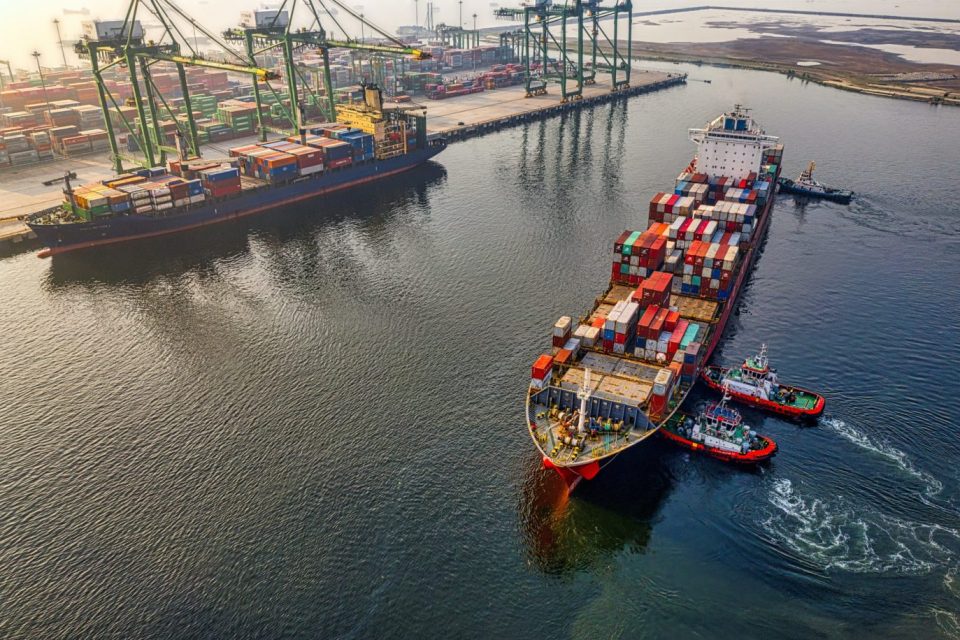Global Shipping Watch links detailed cargo data and emissions per vessel, at scale. The underlying peer-reviewed methodology (Schim van der Loeff et al. 2018) consists of five steps. First, detailed cargo data per vessel is acquired and standardized.
Billions of data points from the Automatic Information System (AIS), a global tracking system that uses transceiver devices installed on all vessels over 300 gross tonnage, are matched to cargo data by looking for common recorded departure port, date and destination of each and every vessel.
The platform’s algorithms then segment the AIS signals into individual “journeys” that span each vessel trajectory from cargo loading to download.
For each vessel journey, greenhouse gas emissions are calculated using the methodology of the Fourth IMO Greenhouse Study endorsed by the International Maritime Organization (IMO). The method (IMO 2021) combines AIS operational data (heading, speed and draft) and vessel technical specifications (dead weight, design speed, engine power and fuel consumption rate).
Emissions are allocated proportionally per cargo weight and value to the cargo types, cargo ownership, countries of export/import, companies operating the vessels and countries of flag.


